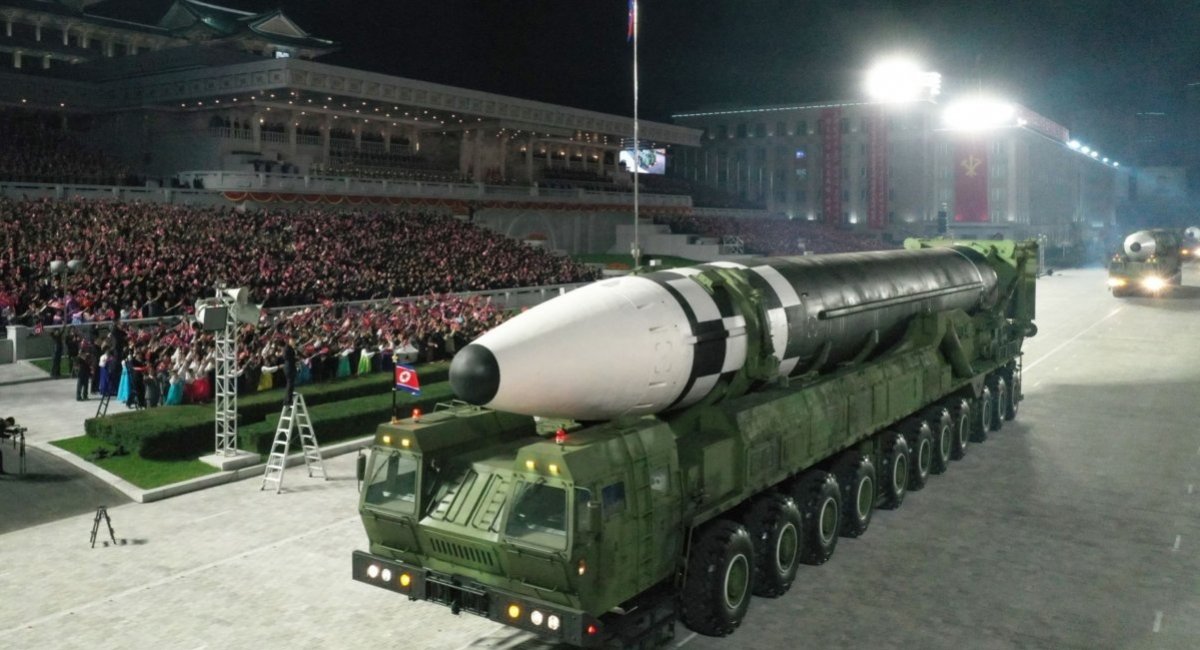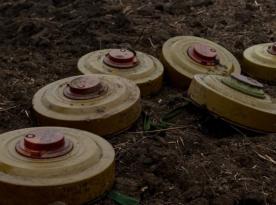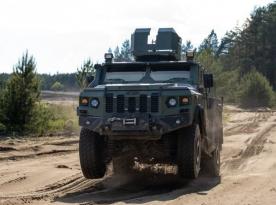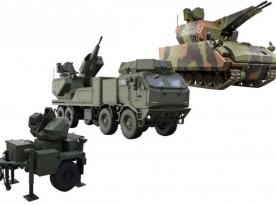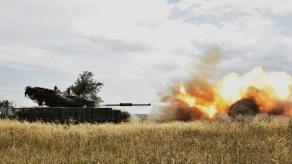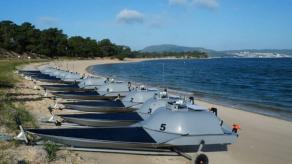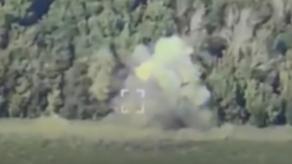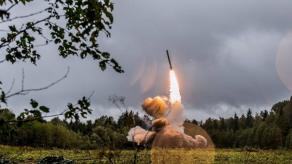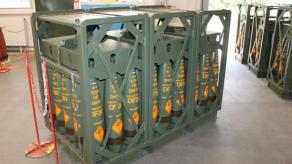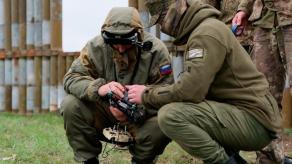In the Western mass media the information has been circulating that during Vladimir Putin's speech on February 24, 2023, russians tried to test a prototype of the Sarmat intercontinental ballistic missile.
The head of Kremlin was supposed to announce the suspension of participation in new START in order to create a certain foreign policy effect. However, the test failed.
Read more: Kamikaze Drones in Belgorod and Tuapse: Analyzing Ukraine's Capabilities for Long Range Strikes and Attack Routes
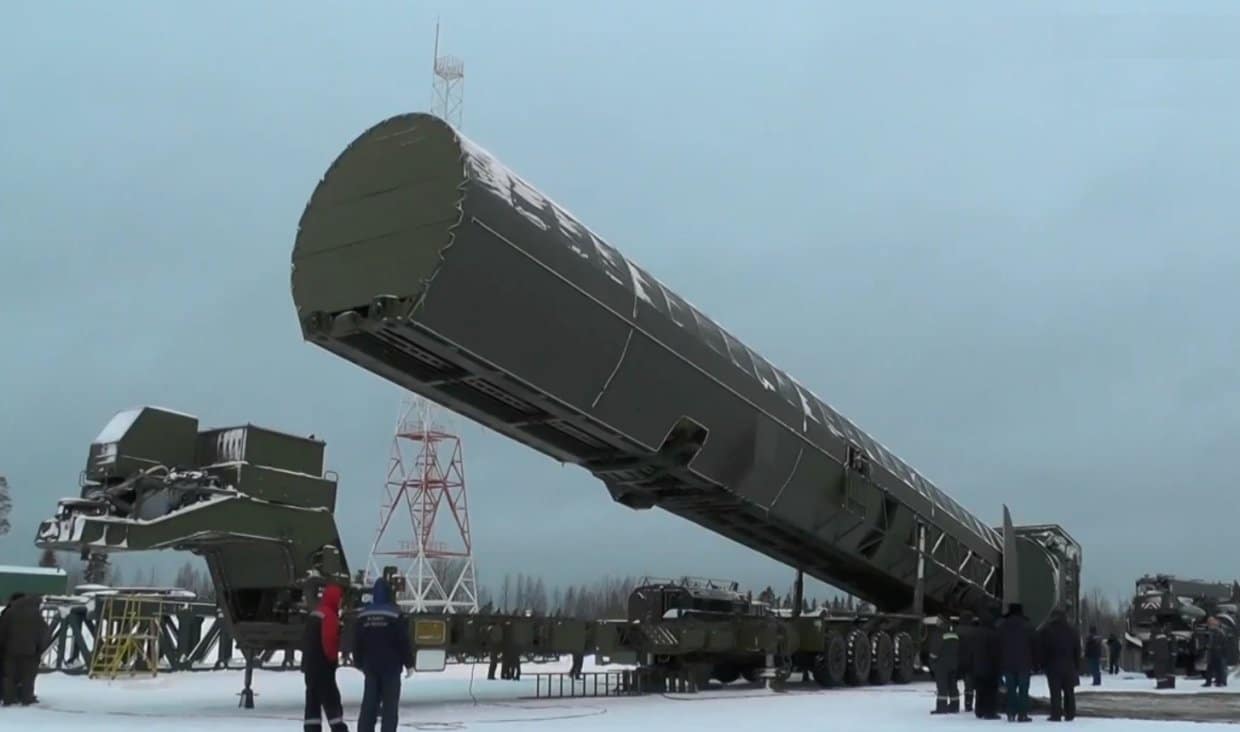
Over the past year, russia conducted only two tests of the Sarmat missile, of them one was successful. At the same time, North Korea during the same time conducted at least 5 successful test launches of its ICBMs in a row (the Hwasong-15 missiles in November 2022 and January 2023, and Hwasong-17 missiles in March 2022 and in November of the same year).
Such a comparison is more than correct, at least because these products of the same technological level. North Korea's Hwasong-15 and Hwasong-17 ICBMs use liquid fuel, as well as russian Sarmat, which uses liquid fuel with impurities.
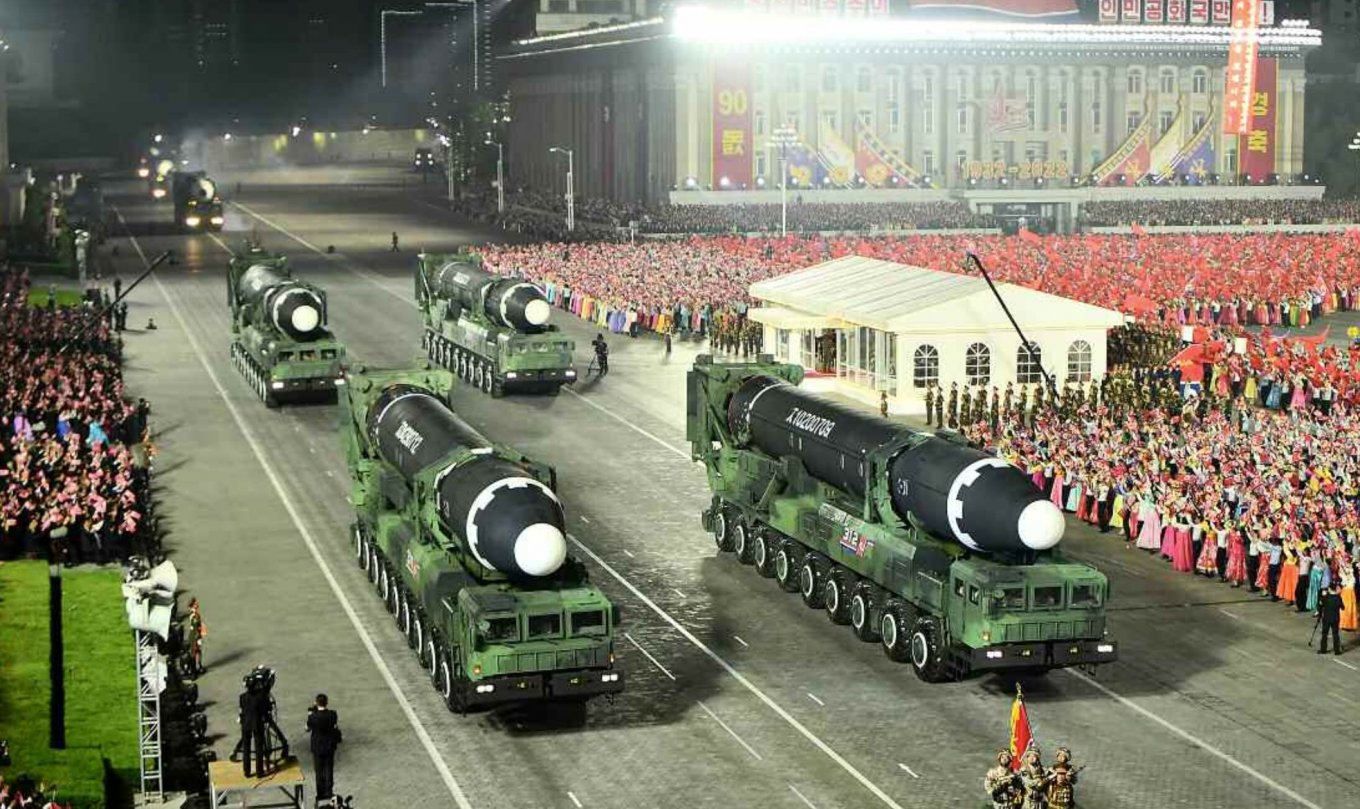
Western researchers have doubts as to how the North Korean Hwasong-15 and Hwasong-17 are refueled before launch: analysts assume that first the missile is placed vertically, and only then the process begins, which is an unmasking element in preparation for the launch. But the way how the Rashist Sarmat is refueled remains unknown for the time being.
After all, North Korea has not only successfully tested intercontinental ballistic missiles over the past year. They have 37 successfully conducted tests over the past year, when 95 missiles of various types were launched. And there are not only about local copies of the Scud missiles, aka the Soviet Elbrus, but also the KN-23 ballistic missiles (a copy of the russian 9М723 missile to the Iskander system), as well as the KN-25 tactical missiles with a firing range of up to 400 km.

Open sources suggest that the DPRK may have 5 to 10-12 Hwasong-17 missiles on combat duty, which is already sufficiently threatening for the United States. And that North Korea is close to the appearance of its own solid-propellant ICBM, outwardly similar to the russian Topol, which was presented on February 8, 2023.
Even if it was only a demonstration model, it is certainly clear that North Korea has already conducted successful bench tests of a solid-fuel engine for the ICBM, and has established supply channels of elements to produce of solid fuel for a new generation of ballistic missiles.
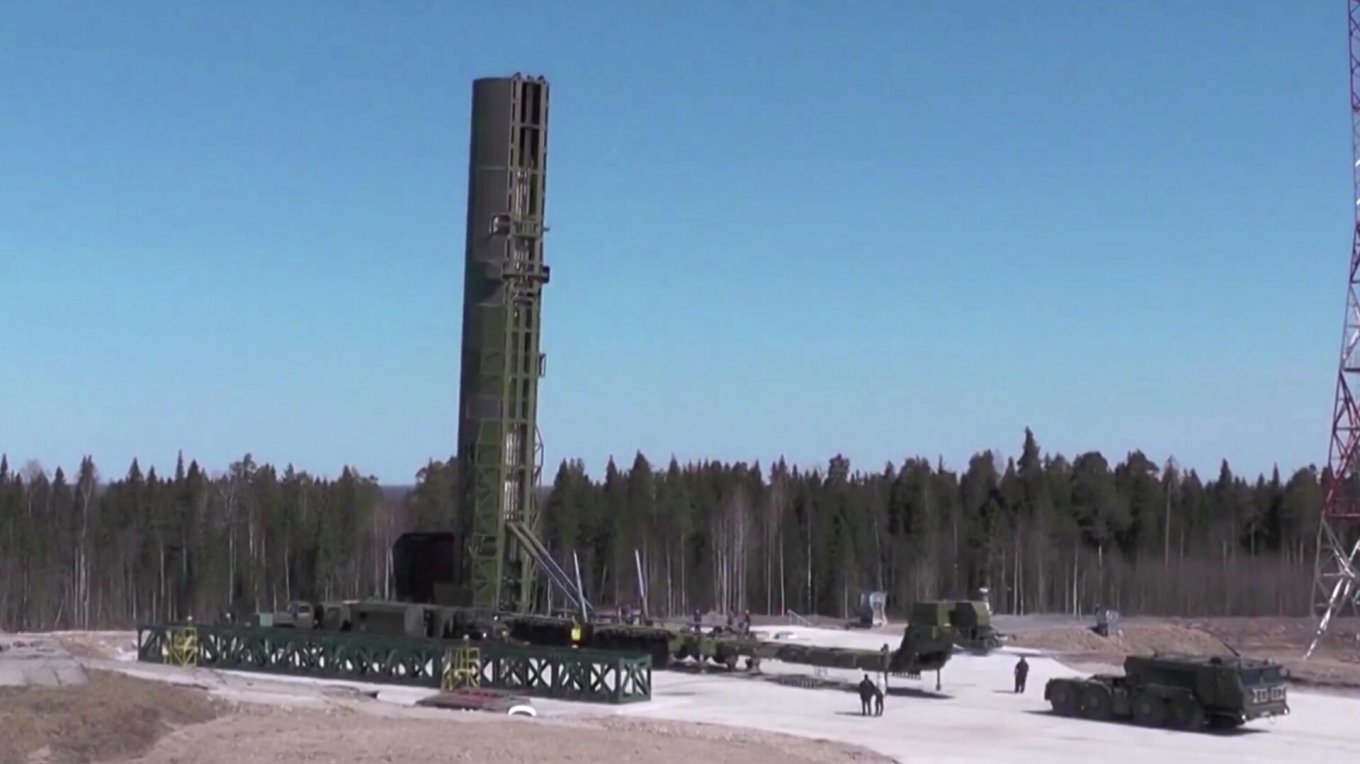
The paradox is that North Korea gets components for its own missiles from the russian federation, China, or Belarus (where "gaskets" can be registered for resale of the necessary goods).
In other words, under roughly similar conditions and the existing level of technology, the North Korean ICBM developers show a much better result than their russian colleagues. This says a lot, including the current state of russia’s military industry.
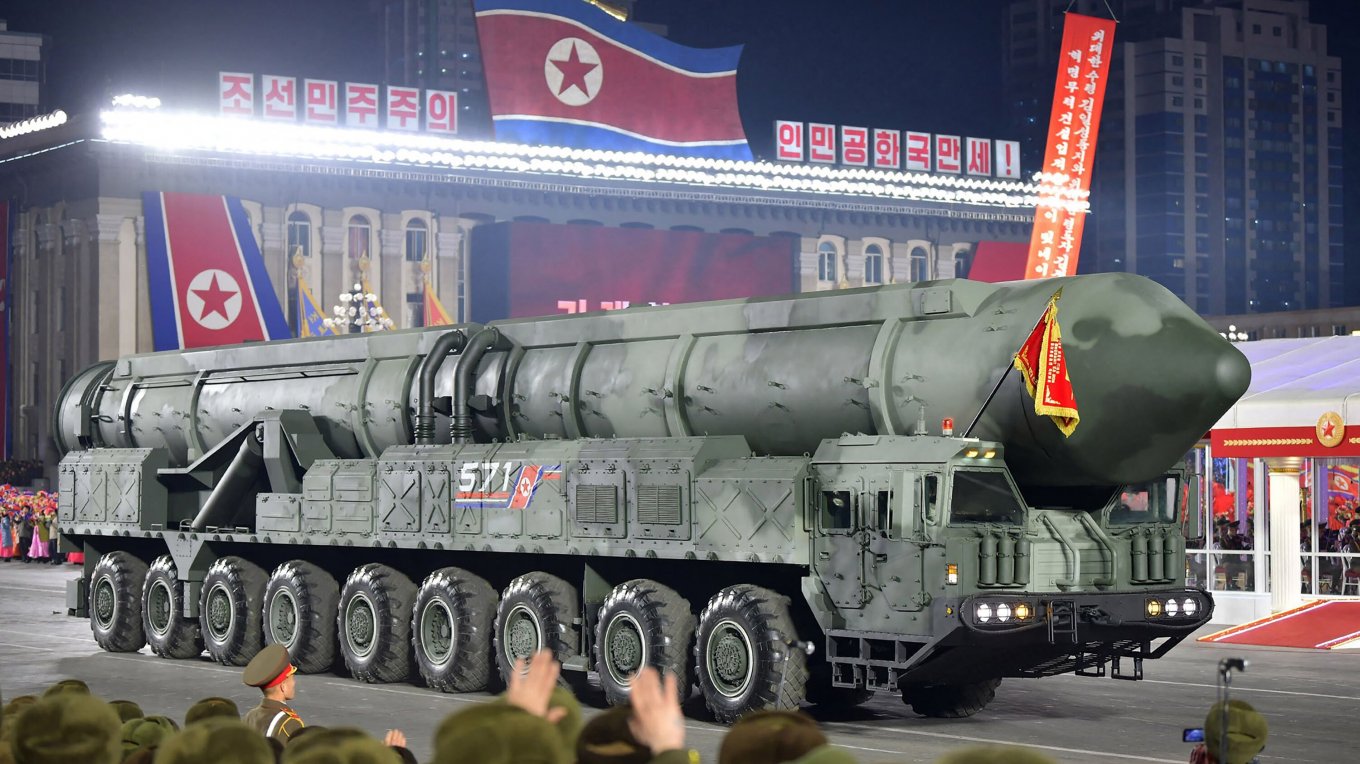
Read more: Russia Faces Lack of Money On the Infrastructure Project For Gazprom And Army




